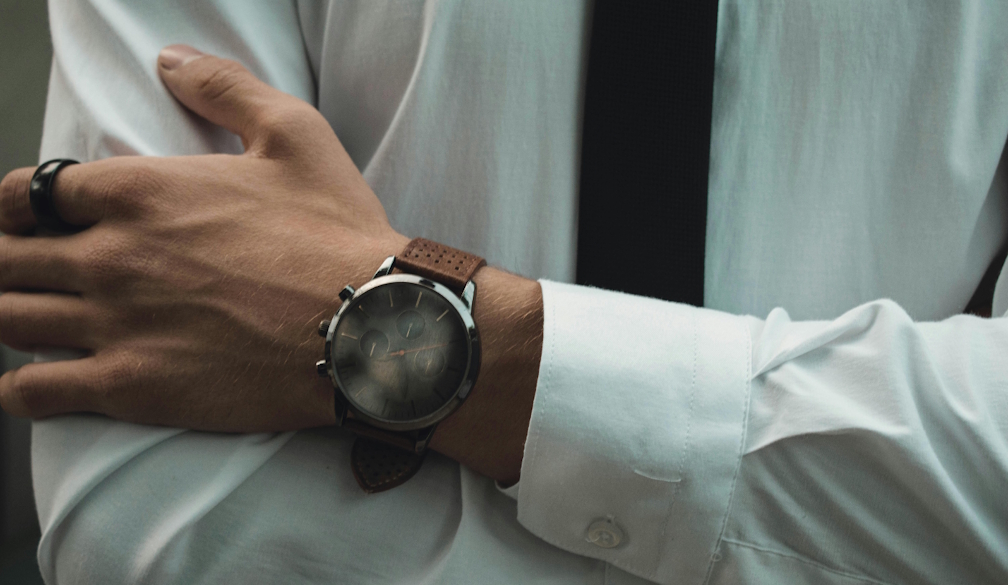Hardtail Mountain Bikes: A Closer Look

Hardtail mountain bikes are a popular choice among both novice and experienced riders, offering a simpler, more direct connection to the trail. Here’s an exploration of what makes hardtail mountain bikes appealing, their advantages, and why they might be the right choice for your riding style.
What is a Hardtail Mountain Bike?
A hardtail mountain bike is distinguished by its frame design, which features a front suspension fork but no rear suspension system. This configuration results in a "hard tail" rear end, giving the bike its name. Let's delve deeper into the design and functional aspects of hardtail mountain bikes.
Design and Structure
- Front Suspension Only: The key characteristic of a hardtail mountain bike is its front suspension fork. This component is designed to absorb shocks and bumps encountered on the trail, particularly those affecting the front wheel. It helps maintain front wheel traction and improves comfort and control over rough terrain.
- Rigid Rear Frame: The rear of the bike does not have any suspension elements. This simplicity reduces weight and increases the frame's rigidity compared to full-suspension models.
Functional Benefits
- Efficient Power Transfer: Without the movement in a rear suspension system, hardtails offer more direct transfer of power from the pedal to the wheel. This makes them especially efficient on climbs and smooth trails where less energy is lost in the suspension.
- Weight and Handling: Hardtails are generally lighter than their full-suspension counterparts because they lack the additional components like linkages and rear shocks. The reduced weight contributes to easier handling and faster acceleration.
- Maintenance Simplicity: With fewer moving parts, hardtails are less prone to mechanical failure. Maintenance is typically straightforward, involving standard bike care practices and front suspension upkeep, which is less complex than maintaining a full-suspension system.
- Enhanced Responsiveness and Terrain Feedback: The rigid rear end allows riders to feel more connected to the trail. This direct feedback helps riders develop better handling skills and more precise control, learning to maneuver based on the terrain’s feedback through the frame.
Ideal Usage Scenarios
- Cross-Country Riding: Hardtails are favored in cross-country (XC) riding due to their light weight and efficiency. They excel on courses with lots of climbing and less technically demanding descents.
- Trail Riding: For riders who tackle moderate trails and appreciate a mix of climbing and descending, hardtails offer a good balance of control and speed.
- Skill Building: Beginners and those looking to improve their mountain biking skills often benefit from the straightforward, responsive nature of hardtails, which forces them to hone their technique and trail management skills.
Material Considerations
- Aluminum: Most hardtail frames are made from aluminum, which offers a good balance between weight, durability, and cost.
- Carbon Fiber: Higher-end hardtails may feature carbon fiber frames, significantly reducing weight and increasing stiffness, albeit at a higher price point.
- Steel: Some niche or entry-level hardtails are made from steel, which offers durability and a unique ride feel but at the expense of increased weight.
In summary, a hardtail mountain bike offers a combination of simplicity, efficiency, and direct trail engagement that is appealing to many types of riders, from competitive racers to recreational cyclists. Its design supports a range of mountain biking activities, particularly where the emphasis is on speed, climbing prowess, and fine-tuning riding skills.
Advantages of Hardtail Mountain Bikes
1. Simplicity and Lower Maintenance- Less Mechanical Complexity: With fewer moving parts than full-suspension bikes, hardtails are easier to maintain. There’s no rear shock, which means fewer components that need servicing or can fail.
- Ease of Maintenance: The straightforward design makes it easier for riders to perform their own maintenance and repairs, which can be especially appealing for those who prefer DIY bike care.
2. Efficiency and Weight
- Better Power Transfer: The rigid rear end of a hardtail provides direct power transfer from the pedal stroke to the rear wheel. This makes them very efficient on climbs and when pedaling on flat terrain.
- Lighter Weight: Without the additional hardware of a rear suspension system, hardtails are typically lighter than their full-suspension counterparts, making them easier to handle and quicker to maneuver.
3. Cost-Effective
- Lower Initial Cost: Hardtails generally cost less than full-suspension bikes because they require fewer materials and less technology.
- Reduced Long-Term Costs: The reduced complexity also means lower long-term costs due to less frequent need for parts replacement or professional maintenance.
4. Skill Development
- Improved Technique: Riding a hardtail can help develop better riding techniques. Without rear suspension, riders learn to choose smoother lines and use their bodies more effectively to absorb bumps and manage trails.
- Enhanced Trail Feedback: The direct connection to the terrain enhances trail feedback, which can improve reaction times and adaptability on diverse terrains.
Who Should Consider a Hardtail?
- New Riders: Hardtails provide a more affordable entry point into mountain biking. They offer sufficient capability for most beginner to intermediate trails.
- Cross-Country Riders: Those who enjoy long rides on varied but not excessively rough terrain will benefit from the efficiency and speed of a hardtail.
- Competitive Racers: Racers looking for a lightweight, efficient bike for competitive riding often choose hardtails for their superior climbing ability and quick handling.
Choosing Your Hardtail Mountain Bike
When selecting a hardtail mountain bike, several key factors will guide your decision to ensure you get the most suitable bike for your needs. Here’s what to consider:
- Frame Material: Choose between aluminum, carbon fiber, or steel. Aluminum offers a good balance of weight and durability at a reasonable price. Carbon fiber is lighter and stiffer, ideal for racing but more expensive. Steel is durable and offers a comfortable ride but is heavier.
- Wheel Size: Common sizes include 26-inch, 27.5-inch, and 29-inch wheels. Larger wheels roll over obstacles more easily and offer more speed but can be less maneuverable.
- Suspension Quality: Look for quality suspension forks that can handle the type of terrain you plan to ride. Better suspension provides more control and comfort on rough trails.
- Fit: Ensure the bike fits your body to avoid discomfort. Proper fit affects handling and riding efficiency, so consider adjustable components like the seatpost and handlebar height.
Top Models on the Market
- Briefly review popular models like the Trek X-Caliber, Specialized Rockhopper, and Giant Talon. These bikes cater to different budgets and preferences, offering various features that suit both entry-level and experienced riders.
Customization and Upgrades
- Discuss common upgrades such as better tires for improved traction, a higher-quality suspension fork for enhanced shock absorption, and ergonomic grips for better comfort. Customizing your bike can improve performance and make riding more enjoyable.
Best Practices for Hardtail Riding Techniques
Riding a hardtail mountain bike well requires mastering certain skills and techniques, especially given the lack of rear suspension.
Skill Development - Hardtails force riders to develop precise bike handling skills as they provide direct feedback from the trail. Practice on varied terrain to improve your ability to navigate obstacles.Handling and Control - Focus on maintaining a balanced body position. Keep your body relaxed and allow your arms and legs to absorb bumps. Adjust your riding position dynamically based on the terrain.
Trail Choices - Choose trails that match your skill level and your bike’s capabilities. Hardtails perform well on smoother trails and climbing. They can handle rough terrain but require careful line choice and skillful maneuvering.
Maintaining Your Hardtail Mountain Bike
Regular maintenance is crucial to ensure your hardtail mountain bike remains reliable and performs well.
Routine Maintenance - Regularly clean your bike and check for wear and tear, especially on the chain, brakes, and tires. Lubricate the chain frequently to ensure smooth operation.Seasonal Care -If you store your bike during the off-season, clean it thoroughly, lubricate moving parts, and store it in a dry, cool place. Consider a tune-up before you ride again.
When to Seek Professional Help - Look for signs such as unusual noises, difficulty shifting gears, or poor brake performance as indicators that your bike might need professional attention. Regular service by a professional can prevent major repairs later.
By following these guidelines, you can choose the right hardtail mountain bike, master the necessary riding techniques, and maintain your bike to enjoy many years of biking adventures.
Conclusion
In conclusion, hardtail mountain bikes offer a pure, efficient, and engaging way to enjoy mountain biking. They are particularly suited to those who value simplicity, efficiency, and the skillful handling of terrain. Whether you’re just starting out or looking to refine your mountain biking skills, a hardtail could be an excellent choice.












